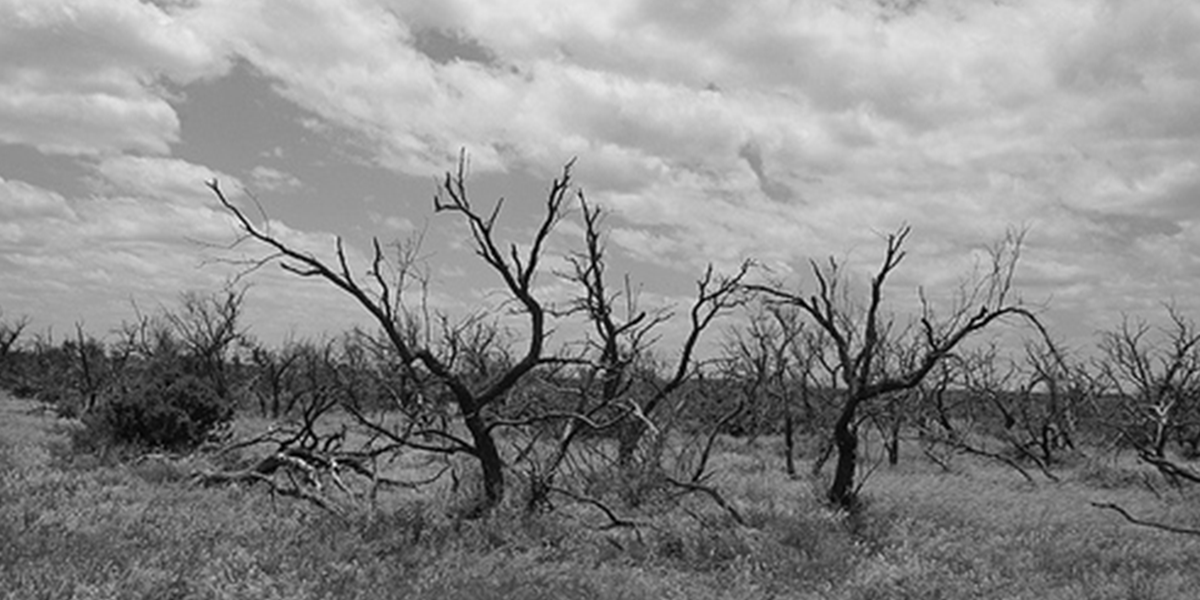

Published January 23, 2009 By ALEXA SCHIRTZINGER
Today's issue of Science features a study by U.S. Geological Survey ecologists Nathan L. Stephenson and Phillip van Mantgem about how trees in the Western U.S. are dying twice as fast as they did a couple of decades ago. Reached by phone in his California office, Stephenson said there are two likely causes: Trees are under increased drought stress from longer summers, while pests and diseases are happily burgeoning in warmer temperatures.
For those of you who haven't been outside in, oh, a year, 70 percent of Texas is in a drought (again). But the U.S.G.S. study didn't include Texas; in fact, arborist Steve Houser, chair of the Dallas Urban Forest Advisory Committee, says tree research is an area in which Dallas could stand to improve. Houser, who was honored by George W. Bush last October for his more than 5,000 hours of community service, says he's been pulling hard for a tree survey for years. If the Trinity River Corridor Project has any chance of success, Houser says, city planners will have to ensure they're planting trees that won't, well, die.
"Changes in the climate will -- and already have -- started to change the plant palette that we can grow locally," Houser says. "Plants that are not drought-tolerant are going to have a much harder time in the future."
What that means is that the city might have to adopt something other than water-intensive, high-maintenance plants for its medians. Most of the grass we use on our lawns and parks is Bermuda grass, Houser explains. If we switch to native buffalo grass, which rarely requires water and needs mowing once or twice a year, "We save money, air quality, dependence on oil and water usage, all in one shot," Houser says.
If grass varieties don't excite you, there are plenty of other cool things to plant. Texas A&M grows EarthKind roses that are naturally water-efficient and disease-resistant; native trees and plants also generally use less water and provide habitat for birds and other wildlife.
Houser says he's happy to see city projects going in a more environmentally friendly direction, and he's hopeful that after years of being the only self-described tree-hugger "dumb enough" to care about things like sustainable landscaping, Dallasites are finally catching on. If nothing else, as you enjoy the dog days of January, plant a cactus.
